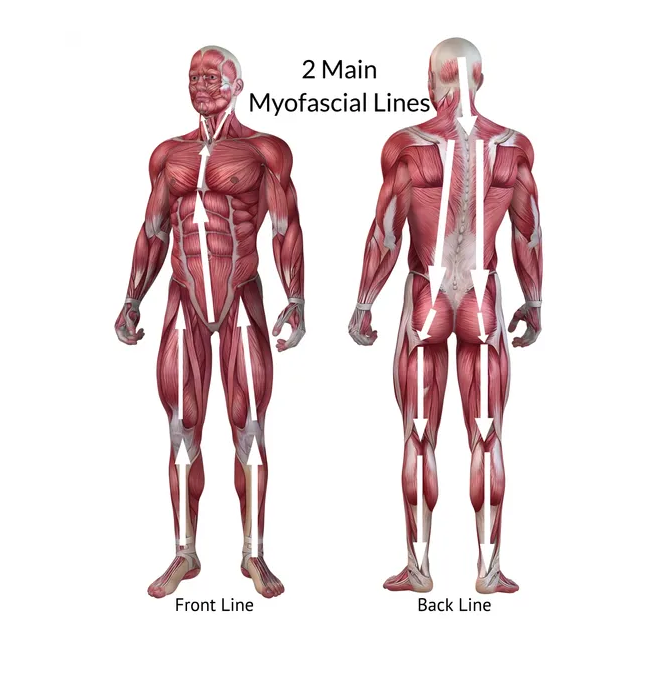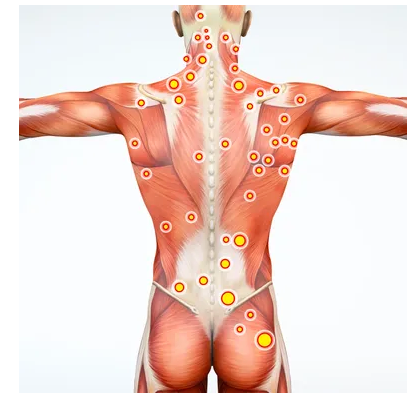NEW FASCIA FINDINGS
We have over 80 recognised organs in our body
It is difficult to call Fascia an organ in its own right because it’s rarely present as a separate entity in the body. Fascia is typically found in and surrounding other organs. However, research into different types of fascia in the body is shedding new light on how fascia functions more as an intelligent organ.
Recently, a new method of studying living tissues has revealed a mysterious web of interconnected cavities as scientists investigated bile ducts in cancer patients. They found fluid filled like sacs (until now thought to be just dense tissue). These sacs are connected in a weblike structure to the lymphatic system and showed how cancer spreads through these layers. It showed that tissue can communicate more clearly through these layers and exchange fluid.
This intelligent tissue has been defined as Interstitum tissue. Similar tissues can be found between muscles, known as Septums. Septums not only allow communication between muscle layers, but also provide a strong line of pull, important in movement
Myofascial Release targets the opening of the Septums between the muscles to correct joint imbalances. These are often associated with pain and discomfort. In addition, many Trigger Points are found around these Septums and can be released through better movement, KMI and shockwaves..
Both Septums and Interstitum Tissue are prime examples of how the health of " the in-between, dividing tissue (extracellular matrix)" is vital for functioning.
"There are more sensory receptors in fascia than we have for the vast amount receptors we use for our eyesight
The FASCIAL SYSTEM, is unofficially our largest sensory organ in the body, and has not received mainstream acceptance.
It could also become recognised as our sixth sense and is the future of understanding body awareness.
This weblike structure under our skin was once dismissed as an unchangeable plastic like coating or just a dense dividing tissue between groups of muscles or organs. Fascia also gives "tension feedback" between the layers via millions of fibres that are like microscopic strands of glue (similar to when you bring your finger and thumb apart stuck together by wet glue). However, each of these glue like strands in our body relay information between muscles and communicates tension and position information. These "tension memories" created by millions of fibres.
They create a memory for body positioning more accurately than the common phrase "muscle memory". "Fascial memory" is a more accurate description.
It also shows us why modern technology may never create a robot capable of lifelike human movement.
I use the internal Anatomy Trains map (like a tube map in our body) to give the athletes the edge in performance and help many people overcome pain.





